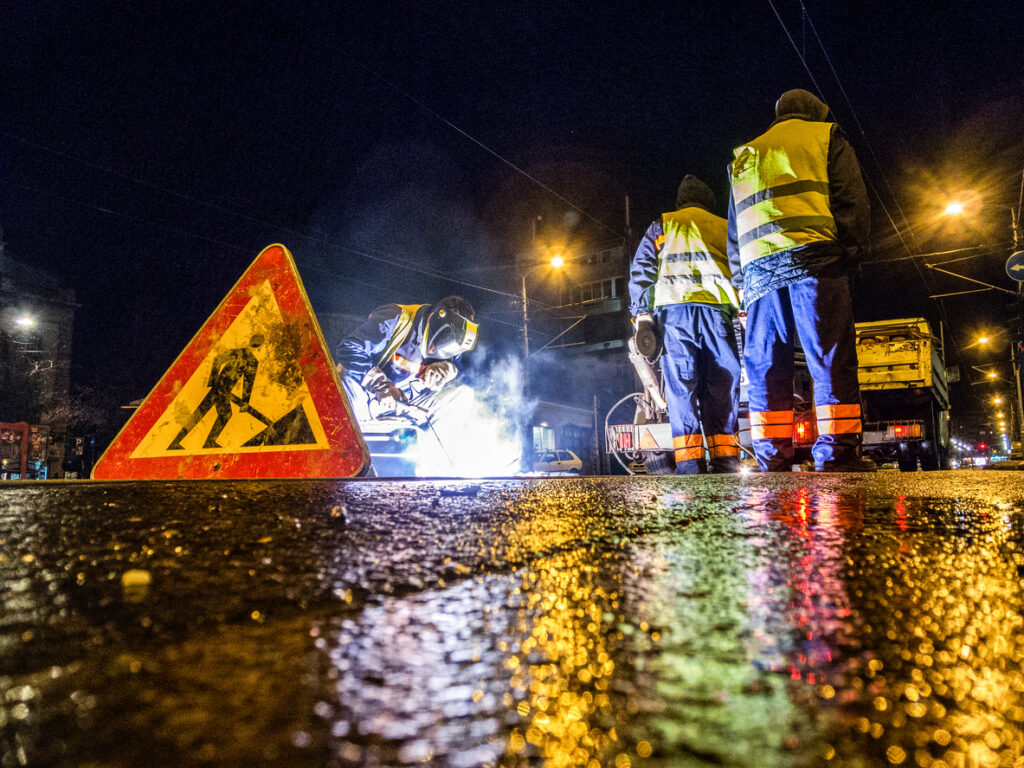Peter Clark is head of corporate and public service development at HCML – Health & Case Management Ltd – who are dedicated to restoring sick and injured people back to health. Here he explores the occupational health hazards of shift work and offers advice for HR managers working in the shift economy.
Shift workers are prey to a catalogue of health problems through living their lives typically in the twilight zone – long, dark nights and shadowy early mornings – often in remote and lonely environments.
One of the biggest HR challenges is long-term sickness absence and shift work can often be a hotbed for breeding illness, including musculoskeletal problems, stress, anxiety, depression and other mental health problems.
The extent of occupational health issues among shift workers
There is strong evidence that shift workers face a special set of occupational health challenges, adding to a crippling level of sickness absence problems facing all employers.
In 2016, the Office of National Statistics reported that 46.6 million working days were lost due to musculoskeletal problems and mental health issues like stress, depression and anxiety, and that 137 million working days were lost to all forms of sickness.
Furthermore, the Health and Safety Executive reported that 12.5 million working days were lost to work-related stress, depression or anxiety in 2016/17, with 526,000 workers suffering from work-related stress, depression or anxiety in that timeframe.
The Health and Safety Executive said: “Research has shown that there can be undesirable consequences for those working shifts outside standard daytime hours, particularly those covering the night or with early morning starts.
“Shift work may result in disruption of the internal body clock, fatigue, sleeping difficulties, disturbed appetite and digestion, reliance on sedatives and/or stimulants and social and domestic problems, which in turn can affect performance and increase the likelihood of errors and accidents at work.”
With more staff spending longer periods away from the traditional office or factory environment as isolated workers, being out-of-sight can mean their health is out-of-mind.
Different professions and careers pose their own hazards. Shift work sleep disorder (SWSD) is well recognised as a circadian rhythm sleep disorder characterised by insomnia and excessive sleepiness affecting people whose work hours overlap with the typical sleep period.
There are numerous shift work schedules, and they may be permanent, intermittent or rotating. Consequently, the manifestations of SWSD are variable.
Since 2003 there has been speculation that airline pilots and flight attendants have a higher risk of breast and skin cancer. Scientists are not sure of the exact cause and effect but some say that irregular work schedules can disrupt circadian rhythms.
It’s important to highlight that shift work can generate particular challenges in sectors such as cleaning, catering and security. We see high absence volumes among global facilities management enterprises, where shift work is common.
Furthermore, remote and lone workers can be particularly vulnerable and HR managers need to be particularly vigilant with this. With more staff spending longer periods away from the traditional office or factory environment as isolated workers, being out-of-sight can mean their health is out-of-mind.
These types of workers can face more stress than their office colleagues and experience more pain from poor ergonomics. Assessments for mental and physical health can support them.
Occupational rehabilitation
As an occupational therapist specialising in sickness absence management, I work with HR managers on a new method called ‘occupational rehabilitation’. This provides clinical assessments of fitness for work, phased return-to-health and -work plans and direction on the best healthcare, alternative duties and adapted environments.
HR managers dealing with staff reporting sick should live by the rehabilitation philosophy of early intervention. Don’t let any problem spiral out of control. Take control with the help and support of specialists in a range of fields, including medical, occupational therapy and physiotherapy.
When employees are sick for longer than about a month, a form of management paralysis can take hold.
Remember that absence is a problem that escalates over time. Long-term absence can cripple confidence and physical injuries can trigger depression, stress and anxiety. People can become almost institutionalised into being unwell.
Moreover, when employees are sick for longer than about a month, a form of management paralysis can take hold, even in HR teams, usually because managers worry about discrimination laws or the decent way to liaise with sick staff. In reality, the fair, ethical and effective route is to take action and build structure.
For HR professionals a barrier to that spirit of action is the fact that traditional occupational health reports give medical intelligence alone, without any real action plan. Occupational rehabilitation plugs the gap between getting that medical report and achieving a return to work, or an alternative outcome and resolution.
How to ensure strong results
Much of our role, after assessing the individual and planning their recovery and rehabilitation, is to engage with the employee and motivate them to work on their own recovery, becoming effectively their personal health project manager and trouble-shooter.
But we also work with line managers to support absent staff, through mutually agreed action plans with clear timetables produced for both manager and employee, followed up over time with progress reports. This helps the well-meaning line managers who want to support an accelerated recovery but don’t know how to start, and takes the burden off HR teams.
Some of the best lessons from the new occupational rehabilitation approach boil down to a way of thinking as well as open and honest communications. For every line manager and HR manager who learns this, results could be very strong.
Managers should not duck the issue of picking up the phone to talk with staff who are absent over depression, stress or anxiety.
You have to ensure that any rehabilitation plan is built into a mutually agreed strategy. Offer treatments like physiotherapy or talking therapies in a way that staff can approve the plan and the schedule and get line managers to set and approve their own goals.
If home exercises and sleep hygiene are in the plan for an employee, they should form part of their timetabled goals.
During a phased return to work, be honest about required duties. Don’t patronise staff with conspicuously light tasks. Make reasonable adjustments, which is a requirement if they are now classed as disabled, with a goal-orientated approach.
If you feel a number of staff are reporting sick with uncertain health issues, which may be down to low motivation and low attachment to the workplace, the best approach is a culture of fast and early interventions that get people on the right pathway for care and getting back to work.
Managers should not duck the issue of picking up the phone to talk with staff who are absent over depression, stress or anxiety. Long silences can exacerbate mental health issues. You must keep communications open.






